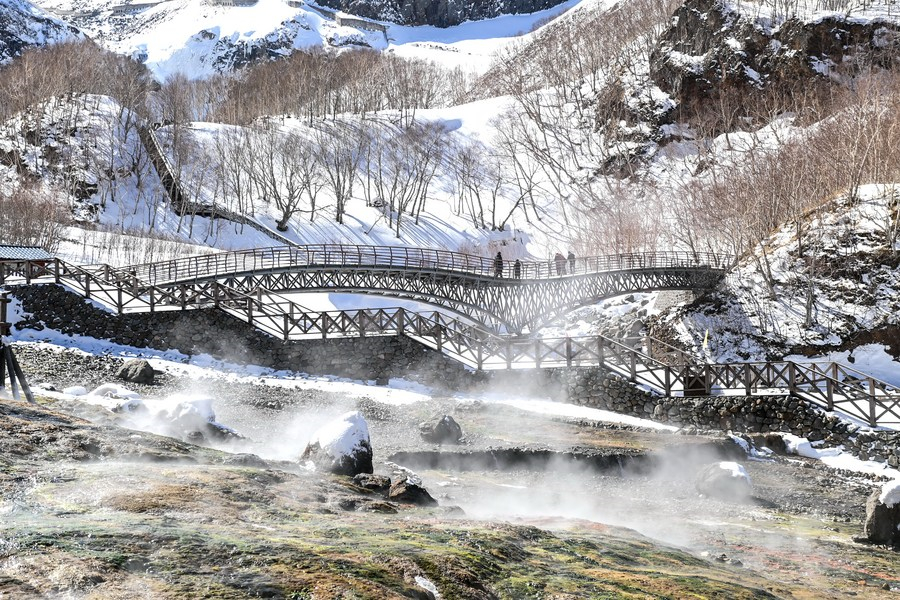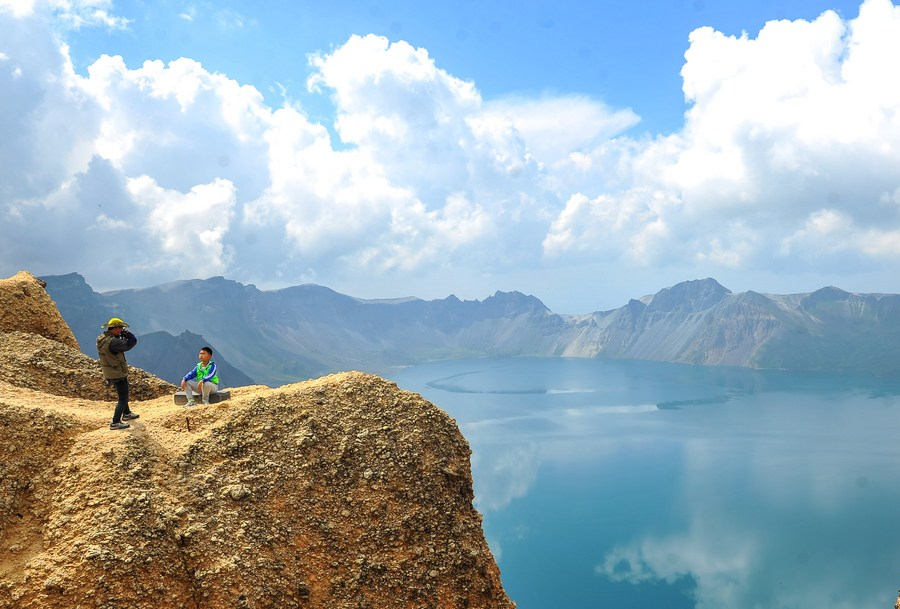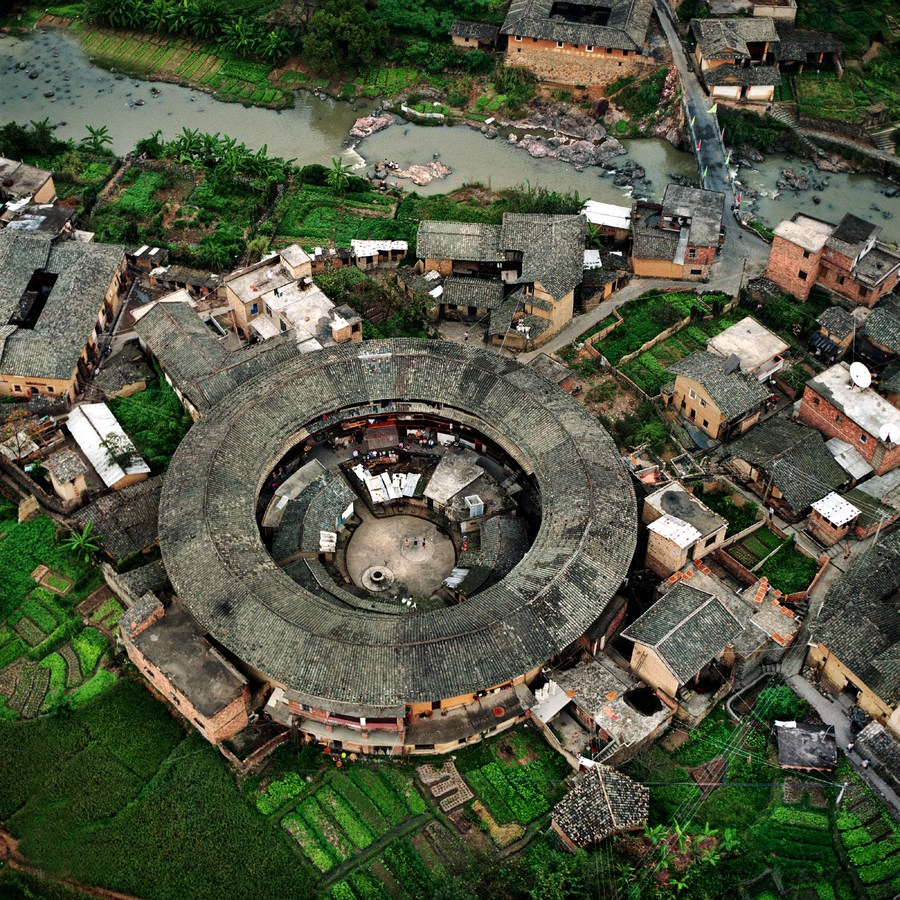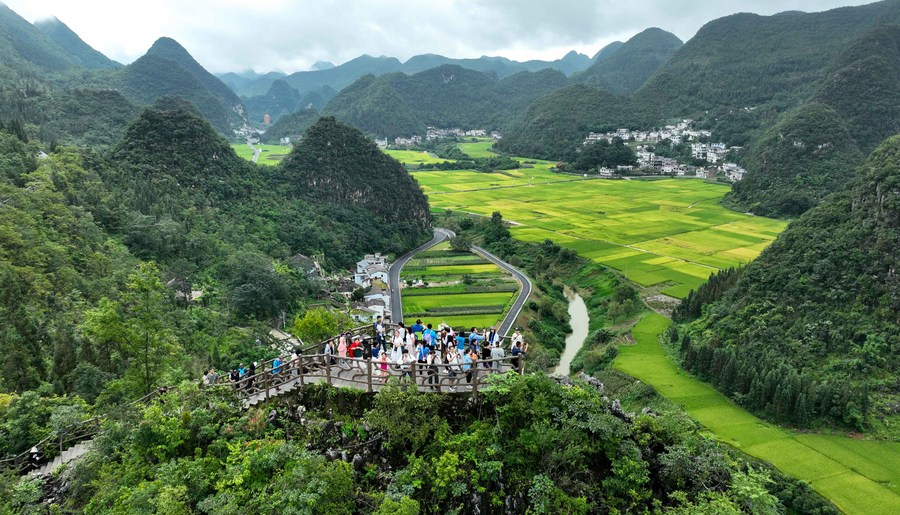Six Chinese sites named UNESCO Global Geoparks

People visit snow-covered Changbai Mountain in northeast China's Jilin Province, March 7, 2021. [Xinhua/Yan Linyun]
The Mount Changbaishan Geopark, Enshi Grand Canyon-Tenglongdong Cave Geopark, Linxia Geopark, Longyan Geopark, Wugongshan Geopark and Xingyi Geopark were named as Global Geoparks by UNESCO.
PARIS -- The Mount Changbaishan Geopark, along with five other Chinese geoparks, were named as Global Geoparks by the United Nations Educational, Scientific and Cultural Organization (UNESCO) on Wednesday.
"UNESCO's Executive Board has endorsed the addition of 18 sites to the UNESCO Global Geoparks network. This brings the total number of geoparks to 213 in 48 countries." the Paris-based UN body said in a statement.

A child poses for photos at the Tianchi lake on the Changbaishan Mountain in northeast China's Jilin Province on Aug. 17, 2015. [Xinhua/Xu Chang]
Among the newly designated sites, the Mount Changbaishan Geopark is located in China's northeastern Jilin Province, which hosts dramatic landforms and diverse rock types that document significant multiphase volcanic eruptions.
The "millennium eruption," which took place around 1,000 years ago, is one of the largest volcanic eruptions in modern history and has left a lasting impact, creating special pyroclastic accumulations of international significance.

An aerial photo taken in October of 2002 shows the earth houses of Hakka people in Longyan of southeast China's Fujian Province.[Xinhua/Chen Zhonghe]
The five others are Enshi Grand Canyon-Tenglongdong Cave Geopark in Hubei Province, Linxia Geopark in the Gansu Province, Longyan Geopark in Fujian Province, Wugongshan Geopark in Jiangxi Province and Xingyi Geopark in Guizhou Province.

This aerial photo taken on Aug. 25, 2023 shows visitors at Wanfenglin geological park in Xingyi City of Qianxinan Buyi and Miao Autonomous Prefecture, southwest China's Guizhou Province. [Photo by Yuan Fuhong/Xinhua]
























